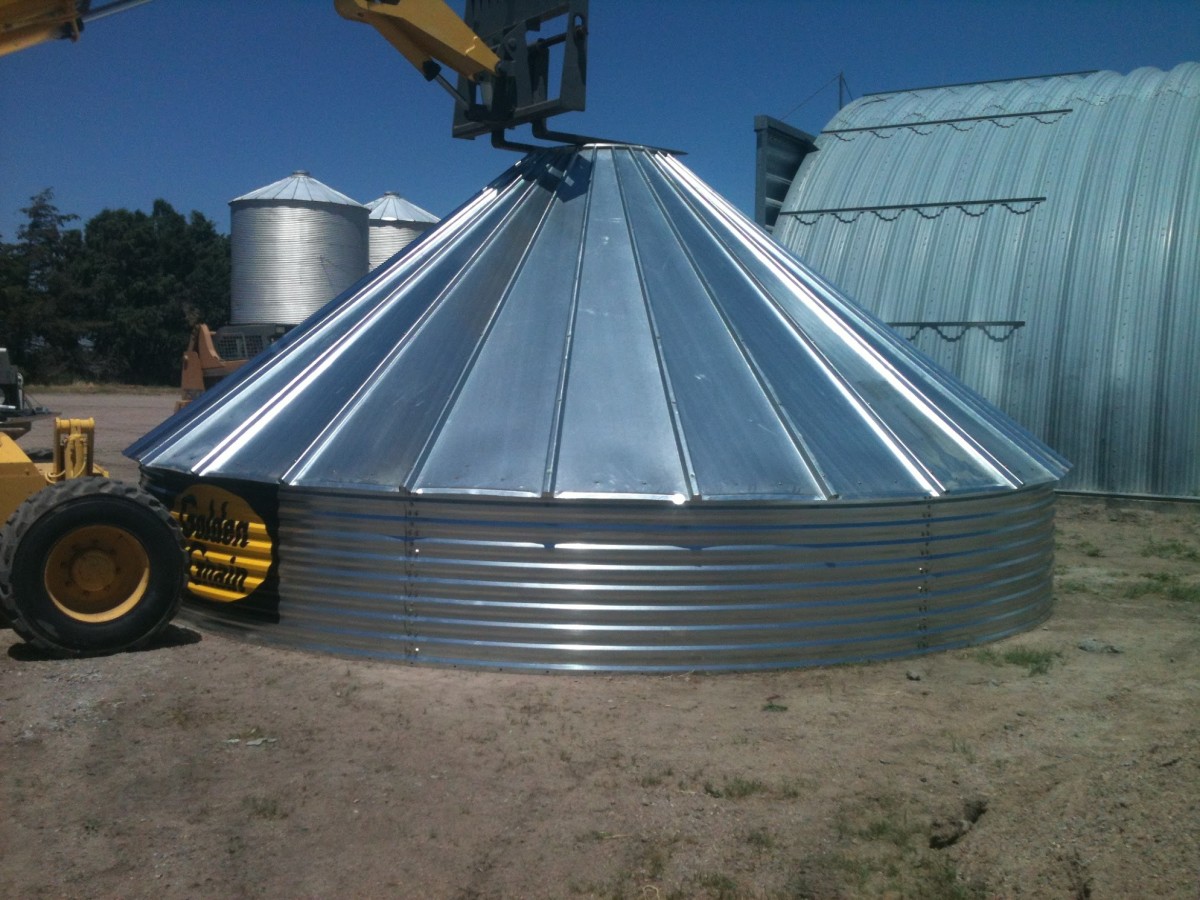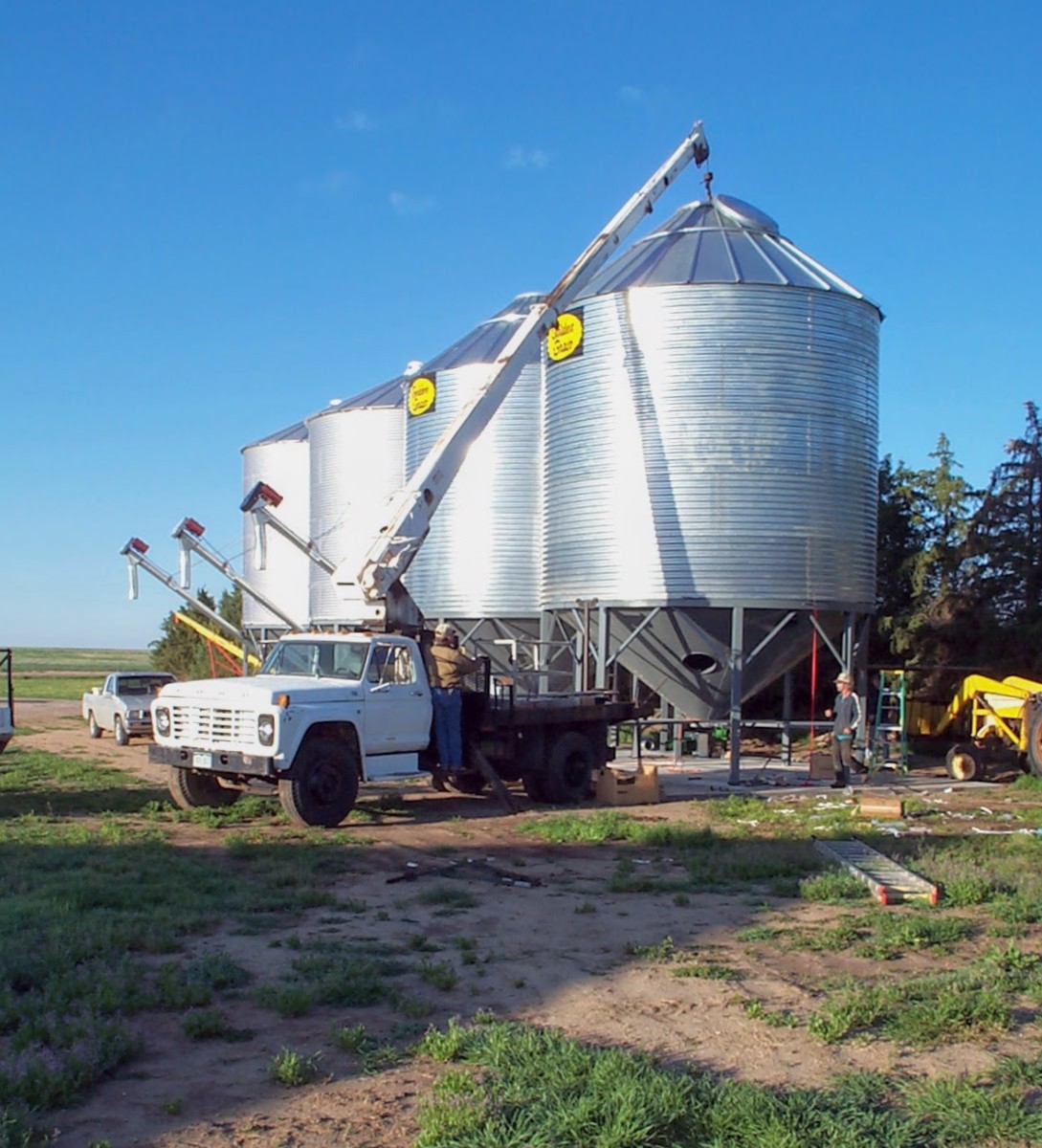Chickens | Coop | Raising | Laying | Eggs
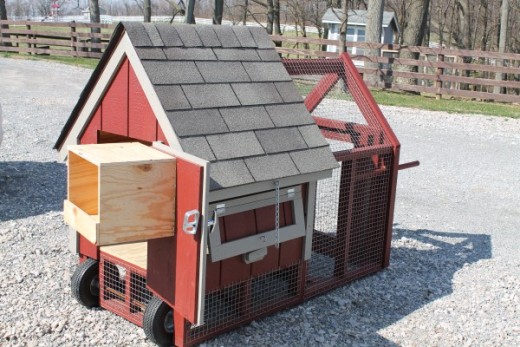
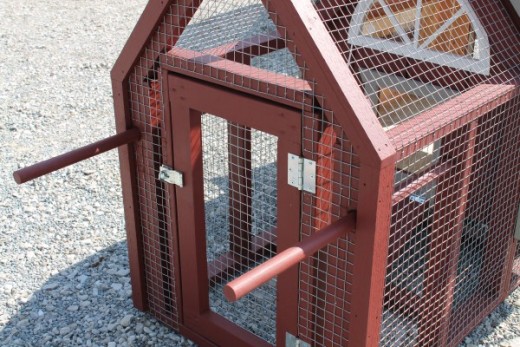
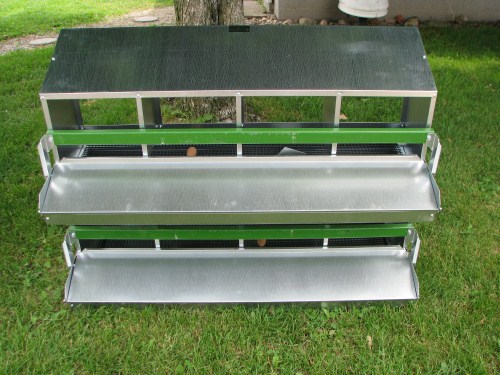
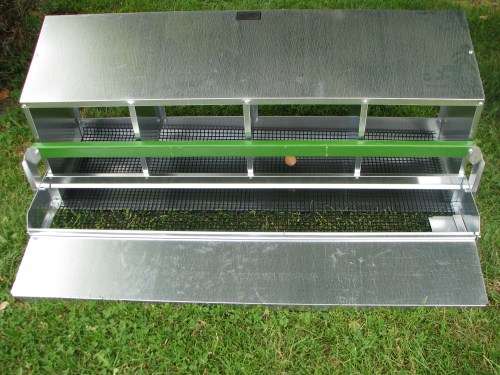
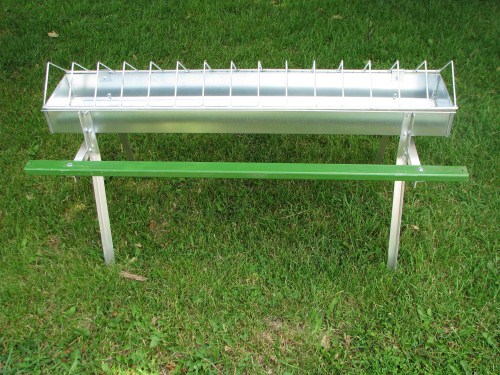
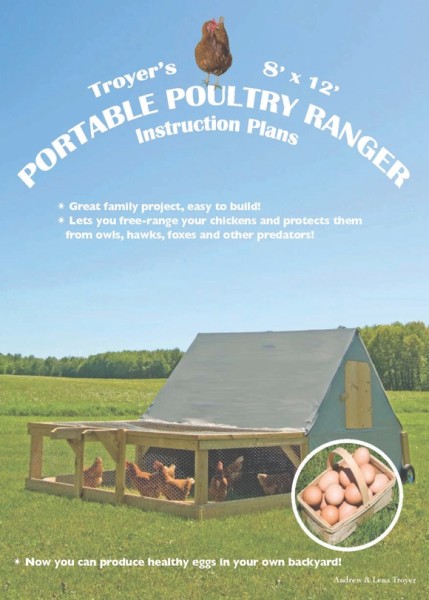
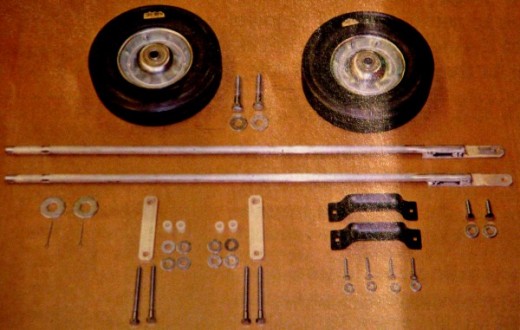
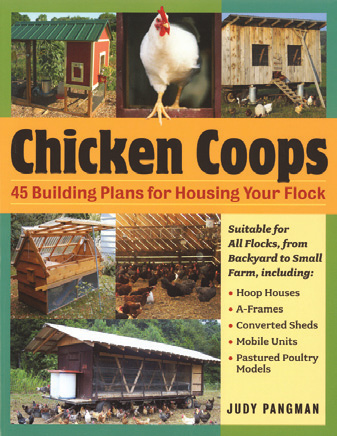
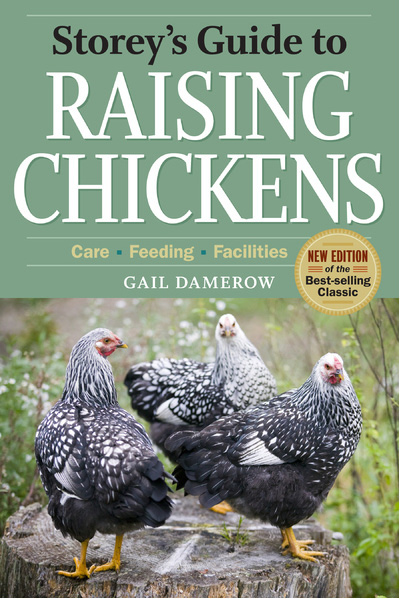
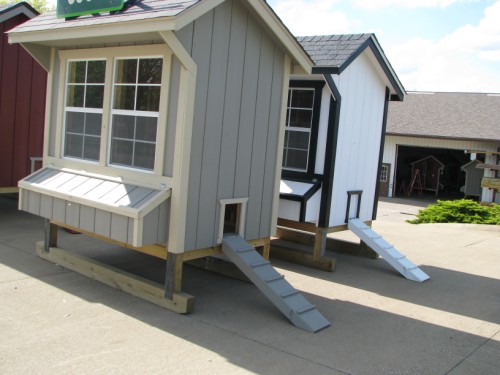
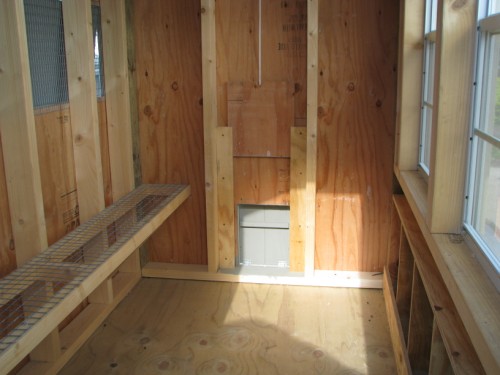
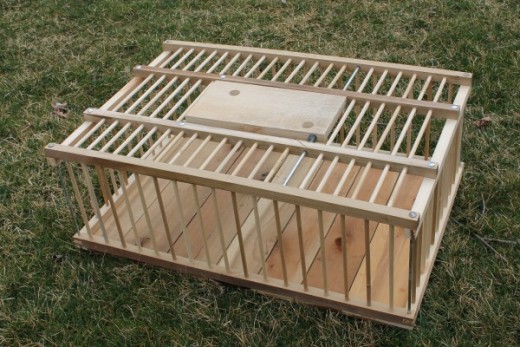
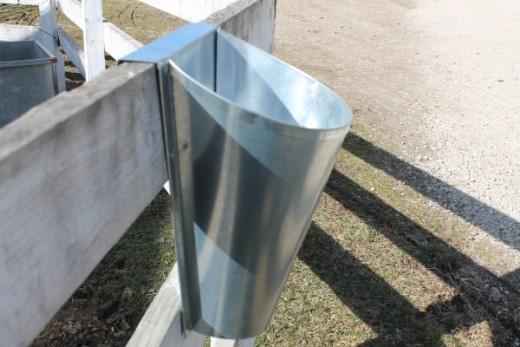
Raising chickens can be fun and rewarding if you have the right place, time, housing and equipment.
I’m often amazed to drive by farms that have chickens roaming the yard next to busy highways.
Honestly my hat is off to those people as they seem to keep the flock together and must know where to find the eggs.
While Free Range is the way to obtain organic eggs, I just never had much luck without keeping chickens in some type of pen and providing shelter food and water.
In return they will keep you in fresh eggs until they go into “Molt” or run out of their laying potential.
The thinking of just acquiring a few chickens to keep around for your family to have an endless supply of fresh eggs for years is probably flawed.
Surprisingly the prime hen egg production period only extends 65-68 weeks. It begins to taper off after just 12 months.
Chickens will enter into a period called “Molt” which generally occurs in the late summer or early fall.
The “Molt” is a period where they lose will feathers to grow new ones, it naturally also slows or stops the egg production process so that they can rest.
During the “Molt” hens will slow or completely stop egg production from a few weeks up to 3 months and then come back.
Some chickens may continue to lay eggs for several years, but after the first 12 months productions drops to about 65% of capacity and then declines in production from this point forward.
What will likely happen with a new flock; is after 6-8 weeks the eggs will come faster than you can use them and then taper off or stop.
A chicken at best can only lay one egg a day. Production is also based on food, water and environmental factors such as temperature and available sun light.
Having a continuous source of fresh eggs and meat requires some careful planning and annual flock management.
You will want to keep a rotation of young chickens for fryers and egg production until their productive cycle runs out.
Before jumping into the chicken business one has to decide is it for the eggs, the meat or both? And then will you raise them Free Range or Traditional?
The best meats will from the young (“Fryers”) both male and female chickens around 7-13 weeks or 1-1/2 lbs to 4 lbs.
Young male chickens that have been castrated are called “Capons”. They average 4-7 pounds at 10 months old.
Capons generally produce abundance of white tasty meat, but with a much higher fat content.
Chickens that complete their laying cycle can still be butchered but the meat will be tougher, thus these are called “Stewing Chickens” with a weight around 7lbs.
It's hard for a family that allow chickens to become pets to somehow visualize them in a stew pot. You don’t want to end up with a bunch of non producing pets that are eating up a bunch of expensive grain.
Do you need a Rooster? If you just want the eggs, then you don’t need a Rooster.
In fact some people don’t want to eat a fertilized egg, even though there is nothing different in the taste or look after they are cooked.
If you plan to manage your flock with newly hatched chickens then yes you will need a rooster. The ratio is widely debated some will say one rooster to 12 hens; others say 20 up to 30 hens.
The lower the numbers would seem to mean more fertilized eggs, but if the old guy only has a few hens the chances are the hens will stay pretty pecked over and may at times need to be kept separated to let the hens heal up.
Some chickens will peck at or step on their eggs while others allowed to Free Range will have hidden nest.
It is best to have a set of nesting boxes for those hens that will sit the nest. Fertilized eggs can also be hatched using an incubator.
If you just want eggs consider a rollaway nest box. The box is built to allow the egg to drop down onto a slanted bottom and to roll forward into a protected compartment until the eggs can be gathered.
Chickens can be high maintenance and have to be monitored closely for parasites, and diseases that can wipe out the entire flock or severely slow the egg production process.
Chickens allowed to roam can become infested with fleas and ticks and worms just like a dog. They can also be infested with lice and other parasites even if they are kept in a pen and kept in close quarters.
Some people will become alarmed as the “Molt” begins as it appears some type of disease maybe causing the chickens stop laying, lose their feathers and look straggly.
The best preventative maintenance is to powder the floor of the coop with 5% Seven Garden Dust periodically between cleaning. The chickens themselves can even be dusted in a severe infestation.
Removable nesting boxes can be taken outside washed and disinfected. This is where paying a bit more for a nice metal nesting box may pay off in the long run.
Wooden boxes can still be cleaned but since Seven Dust is a pesticide chemical that should not come into contact with food, it should not be used in the actual nesting box. Poultry supply houses do have a safer food grade dust if needed.
The Free Range method allows the chickens to roam and feed naturally off of nature. They can also benefit in keeping the bug problems minimized, but they become open and easy prey for predators.
If you just want to keep a few hens, the concept of a rolling self contained Free Range Coop and caged run has a lot of merit. These are small caged runs that are attached to a small portable coop with nesting boxes.
Generally the back has wheels and the front has handles that can be lifted slightly and repositioned into a new fresh location of a yard or field to reap the benefits of the natural habitat.
This allows for the free range eggs while keeping the chicken’s relative safe from predators.
Free Range coops are rather labor intensive as they do require frequent moving and re-positioning to keep the chickens with an adequate supply of bugs and grasses.
The chickens will also need to be supplied with fresh water in a dispenser that will easily move with the coop.
The small coops are limited to just a few chickens and are rather small inside to get in to clean. Nesting boxes are generally equipped to access from the outside for easy egg collection.
Chickens need proper nutrition and water to thrive and produce eggs, calcium and vitamins are essential to maintaining the balance for quality egg production.
Free Range is harder to determine the amount of food and nutrients being consumed. If egg production falls off in young chickens it is generally related to food, water, temperature, stress, or the anticipated “Molt”.
While grain feed chickens tend to cost more to keep, it does allow the traditional fixed coop and run to be used for larger flocks. Having good equipment to keep the feed available and to provide proper hydration is a must in the fixed operation.
Chickens like all other animals will waste more food than eat, thus a good feeding tray is well worth the long term investment.
You can purchase heavy duty Rollaway Egg Nesting Boxes from Cottage Craft Works .com they come in sizes from two to eight hole boxes. They attach to a wall for easy removal for outside cleaning and disinfecting.
These nesting boxes are made of very heavy gauge galvanized metals like they made things in the 50s and 60s. There’s no plastic used in them, they are Amish made to last for years. The lift up lid allows easy egg collection without reaching into the nest.
The raised feeding trays allow the feed to be elevated off the floor. Chickens are able to fly up on to the roost and eat and do their droppings without it getting into the feed.
The elevated feeder also allows for more floor space in a small caged run and the raised tray also keeps the chickens from wasting feed.
For those wanting to try the Free Range concept complete plans and a hardware kit to build a Free Range Coop is also available as well as a complete coops.
Fixed coops are also available for truck delivery.
If you plan to butcher, the butcher cone allows you to drop the chicken head first and hang upside down to bleed out after the head is removed.
The cone also provides protection from the sharp claws. The cone is designed to hang over a 1” fence board.
Cottage Craft Works is a unique non-electric back-to-basics online General Store. Chicken equipment is just a few of the wide range of products offered for the self-sufficient home farm and garden population.

